Strung out in the Indian Ocean off the coast of Madagascar, the island of Mauritius is perhaps best well known for its beaches – and with good reason. Brilliant white, protected by coral reefs and backed by the island’s lofty interior, they make Mauritius a dream destination for sand-between-the-toes types. But however beautiful its beaches – venture beyond and you’ll discover a large, lush island with a rich cultural tapestry. Thanks to its location as an outpost in the Indian Ocean, Dutch, Indian, French, English, Creole and Chinese influences have all woven together to create a culture that is distinctly Mauritian. From the country’s bustling capital Port Louis, where market stalls overflow with fresh herbs and spices, to the tea plantations and tumbling waterfalls found in the verdant island’s centre, here are seven things to do in Mauritius beyond the beach.

1. A tasting tour of Port Louis
A confluence of Indian, Creole, African, Chinese and European influences, Mauritian cuisine brings together a multitude of flavours to create unique dishes. The best way to taste all the island has to offer? With a walking tour of capital Port Louis by My Moris – a cultural exploration of how the island’s cosmopolitan heritage is intertwined with its street food scene. From the heady spice quarters, where Indian Muslims of Port Louis have traded in spices for generations (their Gujerati heritage influencing typical Mauritian dishes like Dholl puri – a stuffed crepe served with curry) to to the colourful streets of Chinatown, where you can try steamed dumplings in a fragrant broth.
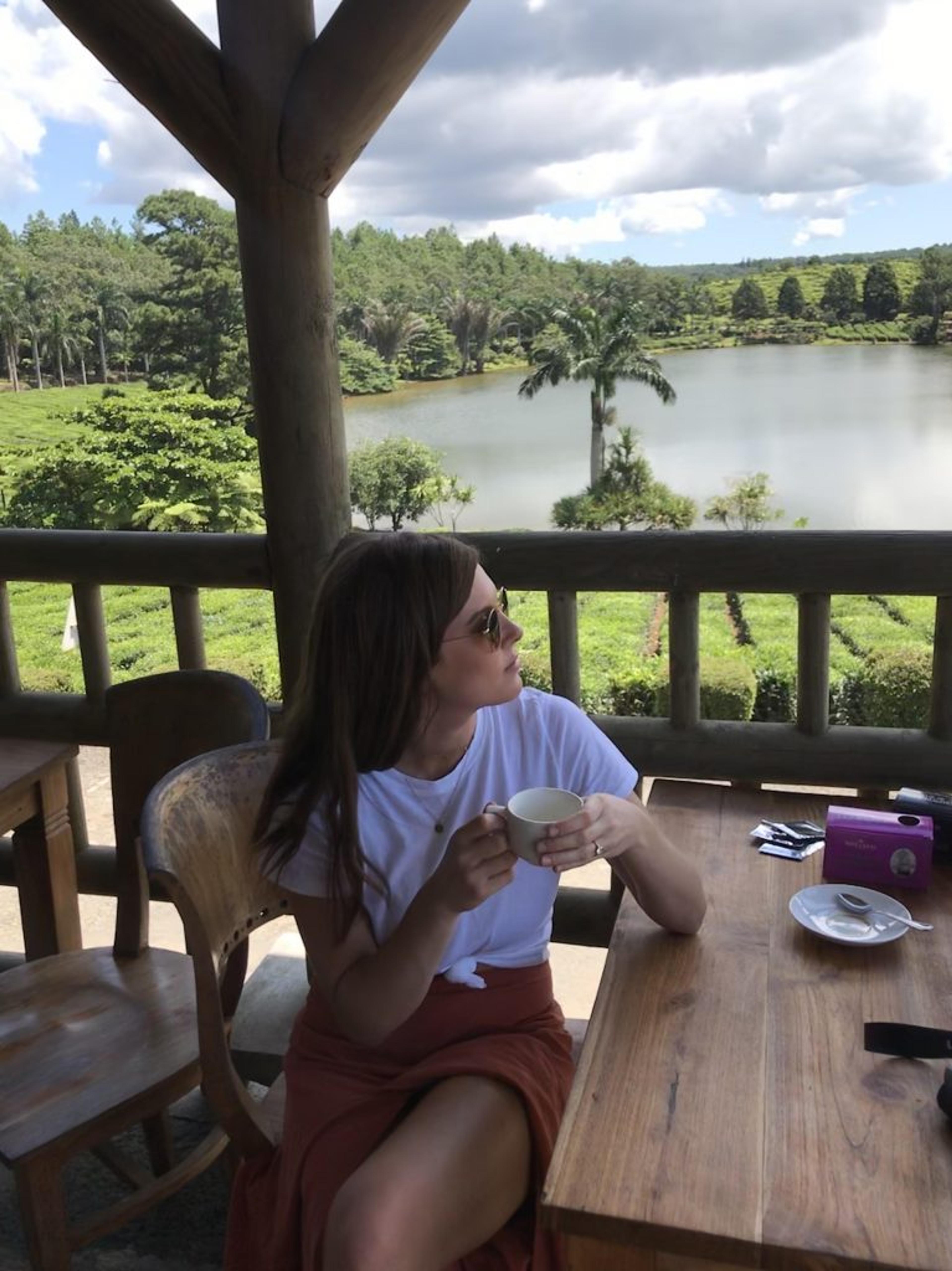
2. Visit Bois Cheri Tea Factory
Dating back to 1892, Bois Cheri is the most historic and best-known tea producer in Mauritius. Exploring the fields, old factory and museum, you’ll discover the history of and importance of tea production in Mauritius first-hand. At the end of your tour, you can sample some of the flavoured brews (with biscuits, of course) at the hilltop chalet, overlooking the emerald-striped tea fields and taking in panoramic views of the south of the island over a cup of vanilla tea.

3. Lunch at Chateau Labourdonnais
Located in the north of the island and dating back to 1856, the Château de Labourdonnais is well worth a visit, both for its historic colonial architecture, dappled tree-lined avenues and gardens filled with exotic plants and centuries-old mango trees, as well as the local flavours on offer in La Table du Château’s restaurant the Domaine’s distillery, which can be sampled in the tasting bar.
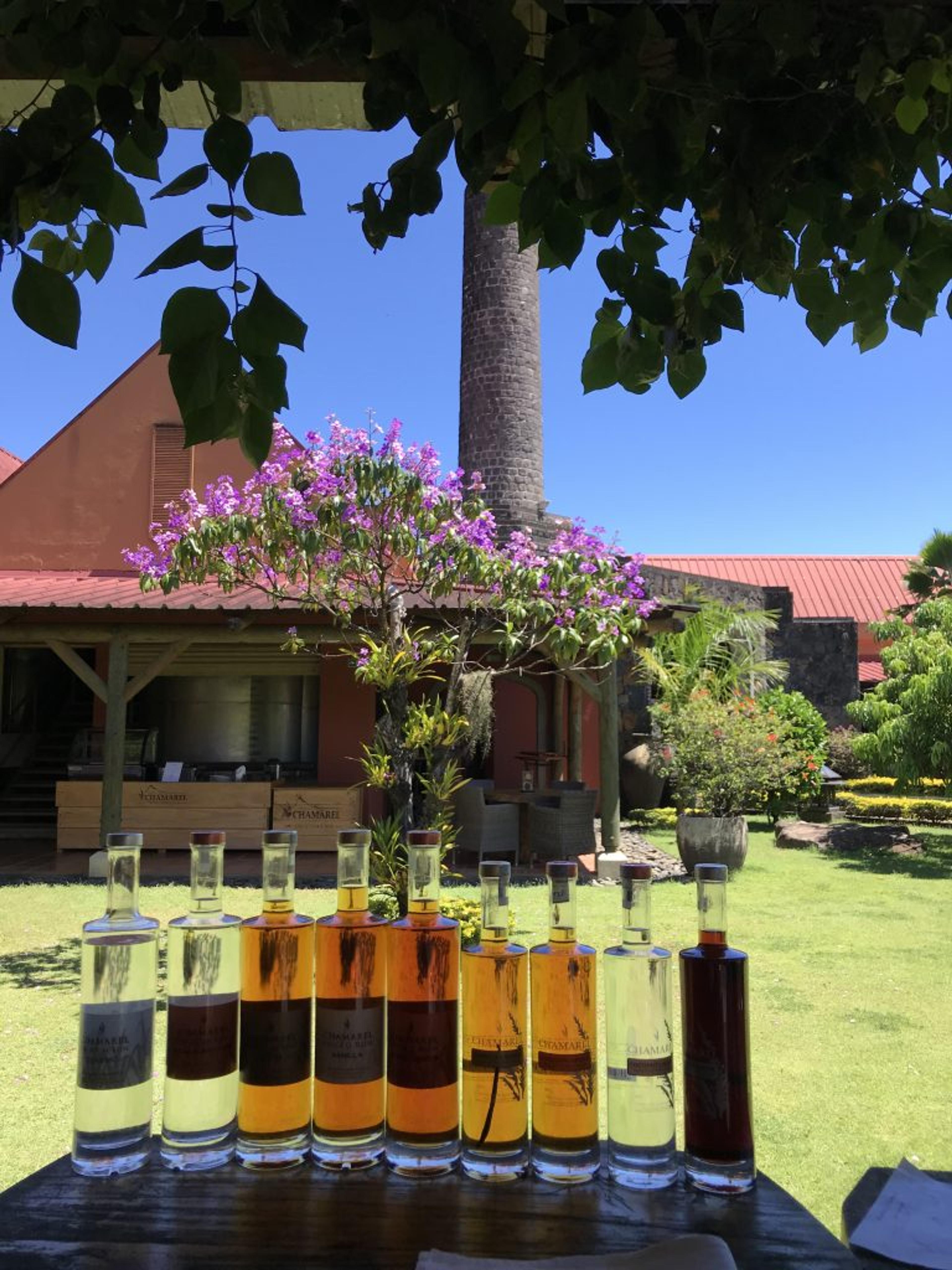
4. Rhumerie de Chamarel
Set among the vast hillside sugar cane plantations of Chamarel in the South of the island, this working distillery not only grows its own sugarcane to produce the rum but also doubles as a museum showcasing the rum-making process. Here you can sample eye-watering varieties ranging from banana to some with an alcohol content of 50%. We recommend heading to The Alchemist restaurant next door, where you can soak up some of the rum with a menu featuring local produce and game like deer and wild boar.
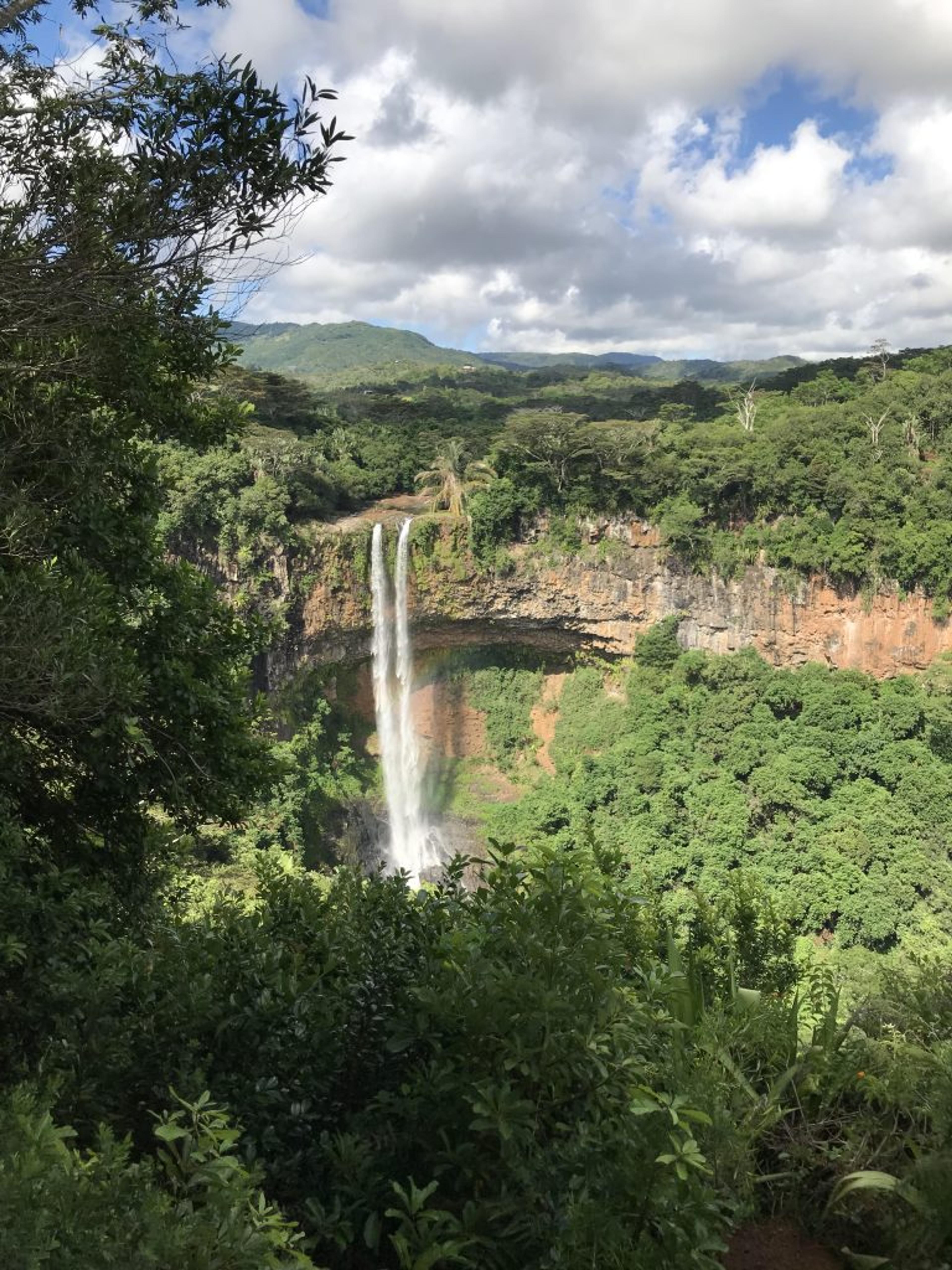
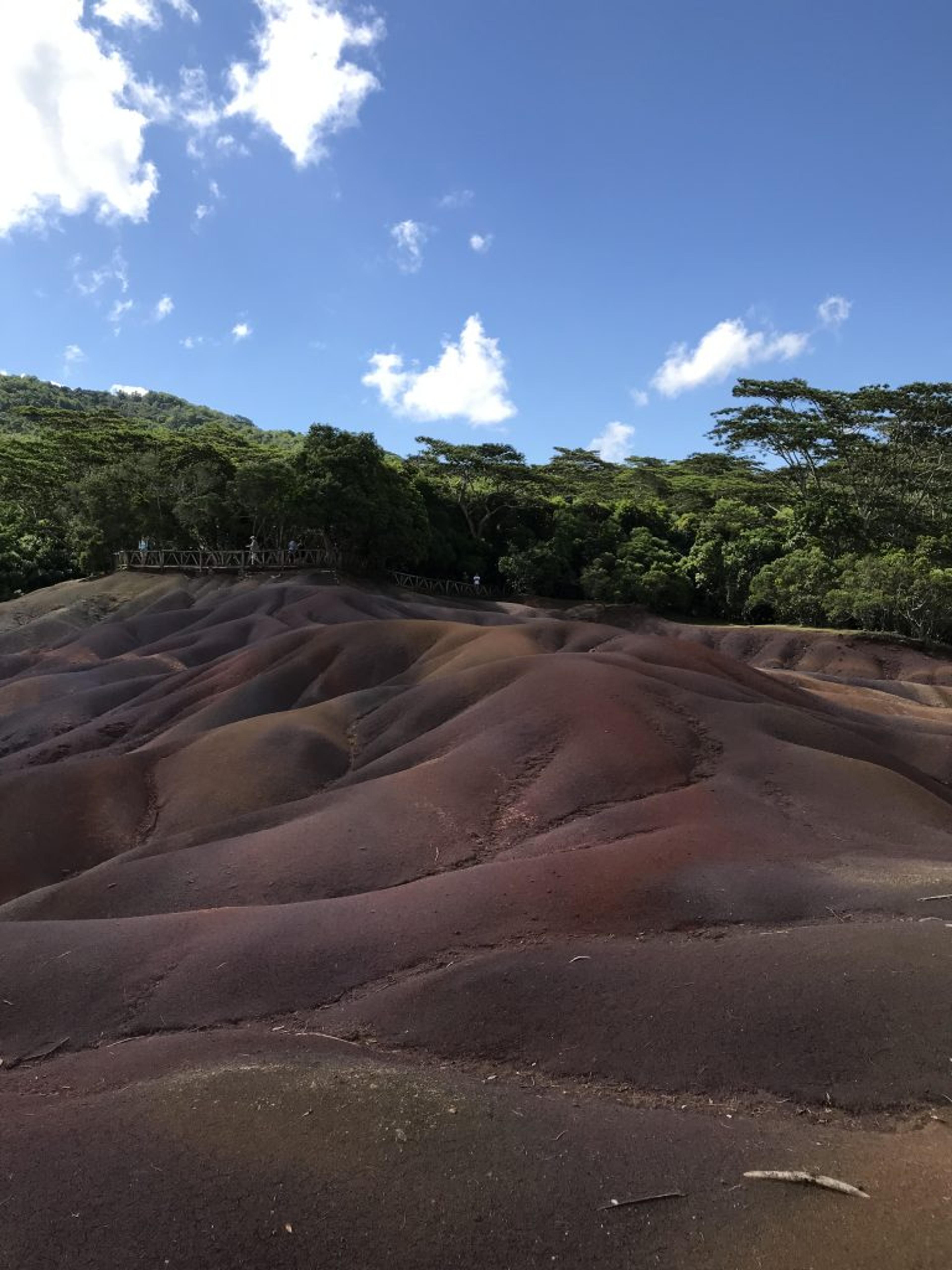
5. Chamarel Waterfall and 7 Coloured Earth
At over 100m high and fringed by tropical forest, this tumbling waterfall has to be one of the prettiest we’ve seen. Hike up to the viewpoint from the Geopark access road to get a front-row view of the natural phenomenon. Continue up the road, and you’ll reach 7 Coloured Earth – a surreal landscape of rainbow-hued dunes, the result of a geological phenomenon that sees the multi-coloured sand separate and, incidentally, makes for a great insta-shot.
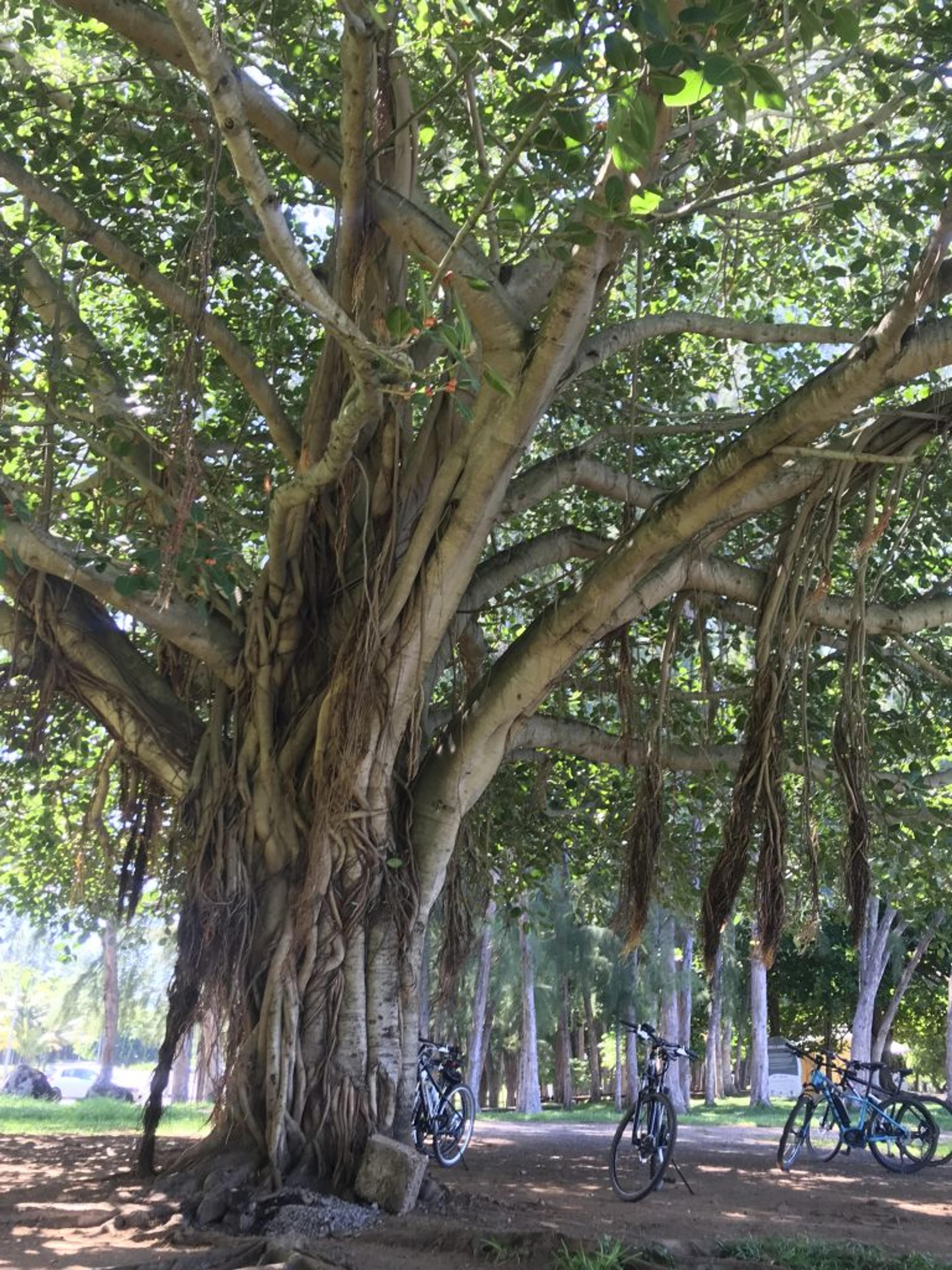
6. Electro-Bike tour of the South coast
While this might not be an activity for the faint of heart in the tropical climate, an e-bike tour is a great way to get off the tourist trail and under the skin of Mauritius’ scenic South coast. With Electro-Bike Discovery, you’ll pass unspoilt beaches, travel through traditional villages where you can catch a glimpse of everyday life, and along the route will stop in the home of a Mauritian to taste local specialities around the kitchen table. Plus, the company is ecologically and socially responsible, giving a portion of their sales to the less fortunate within the local community.
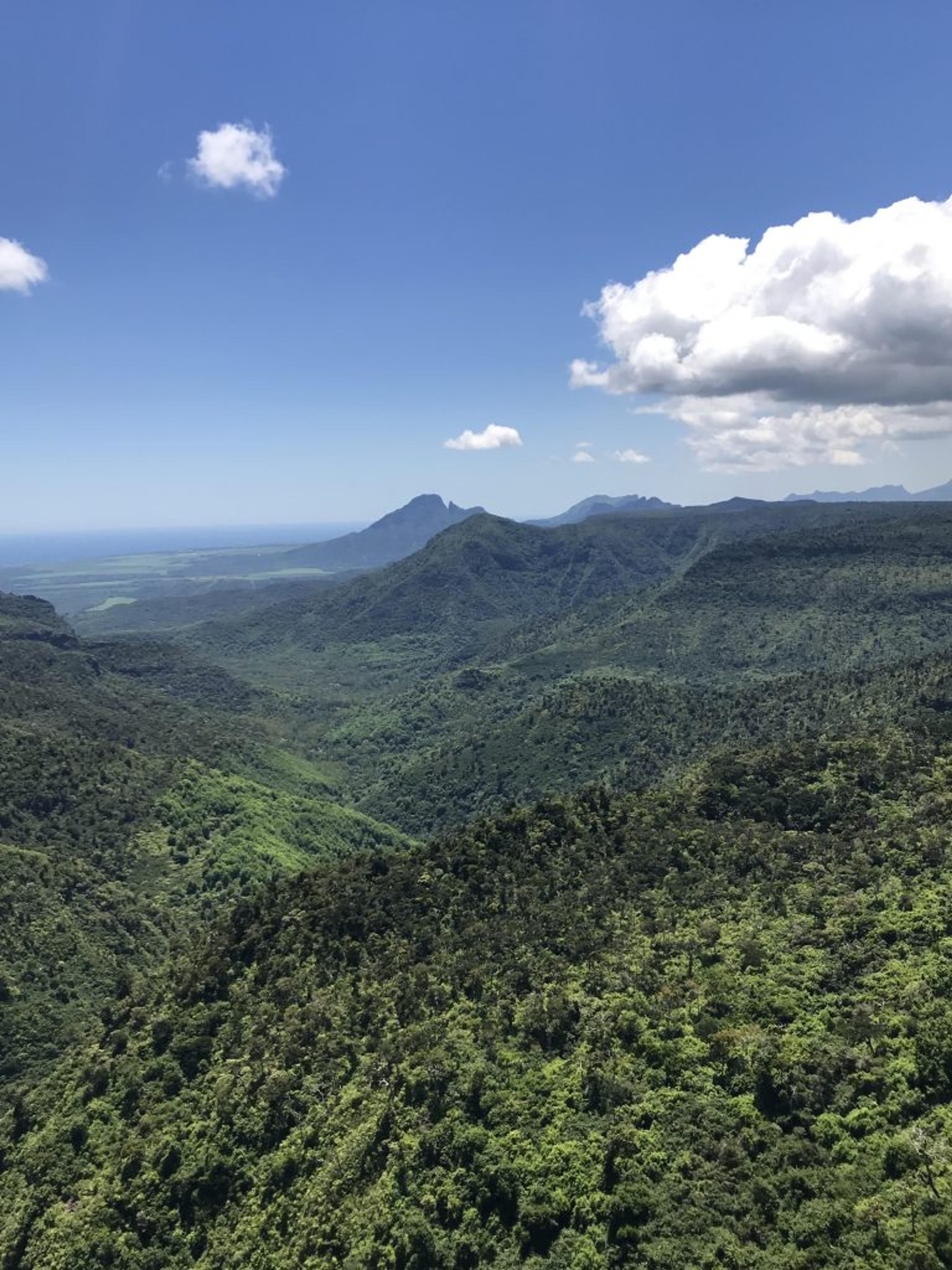
7. Black River Gorges National Park
The largest area of protected forest in Mauritius, the Black River Gorges National Park is 17,000 acres of wilderness, home to over 300 species of flowering plants and 9 species of birds unique to Mauritius. Here you’ll find waterfalls, pristine rivers and rolling mountain ranges. If you don’t fancy trekking, you can still take in the natural splendour from the Black River Gorges Viewpoint – which offers a sweeping perspective all the way up to the coast.
For more information on Mauritius, please visit www.tourism-mauritius.mu

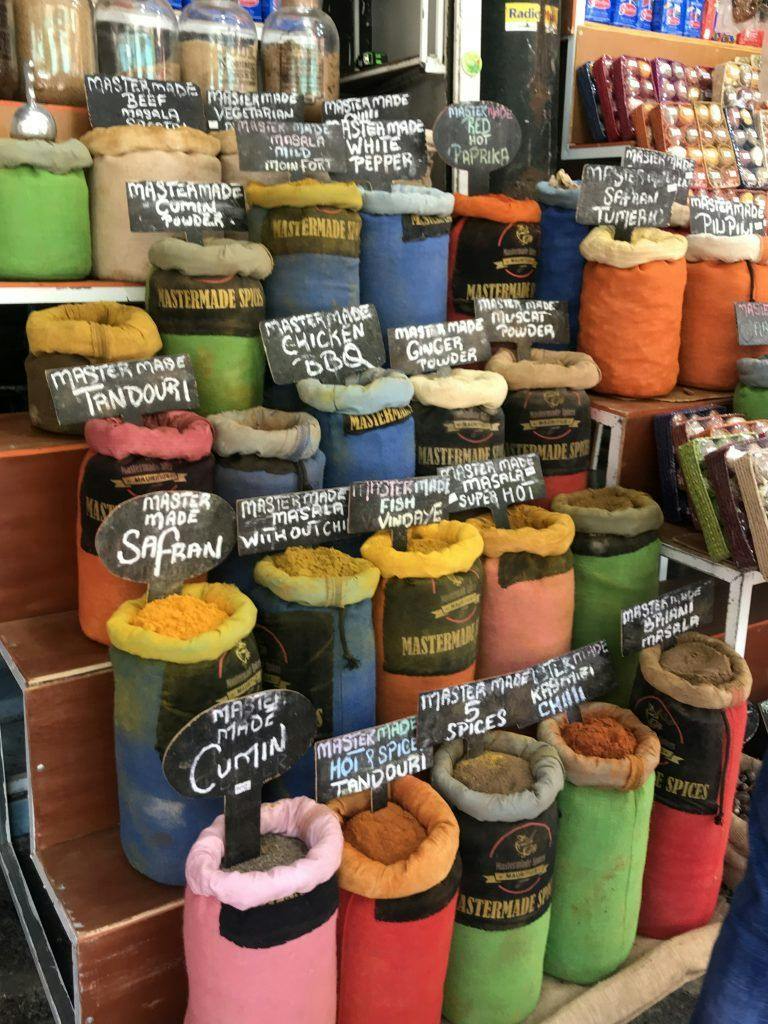
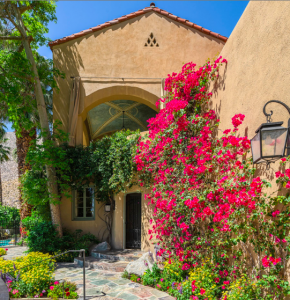
Comments are closed.